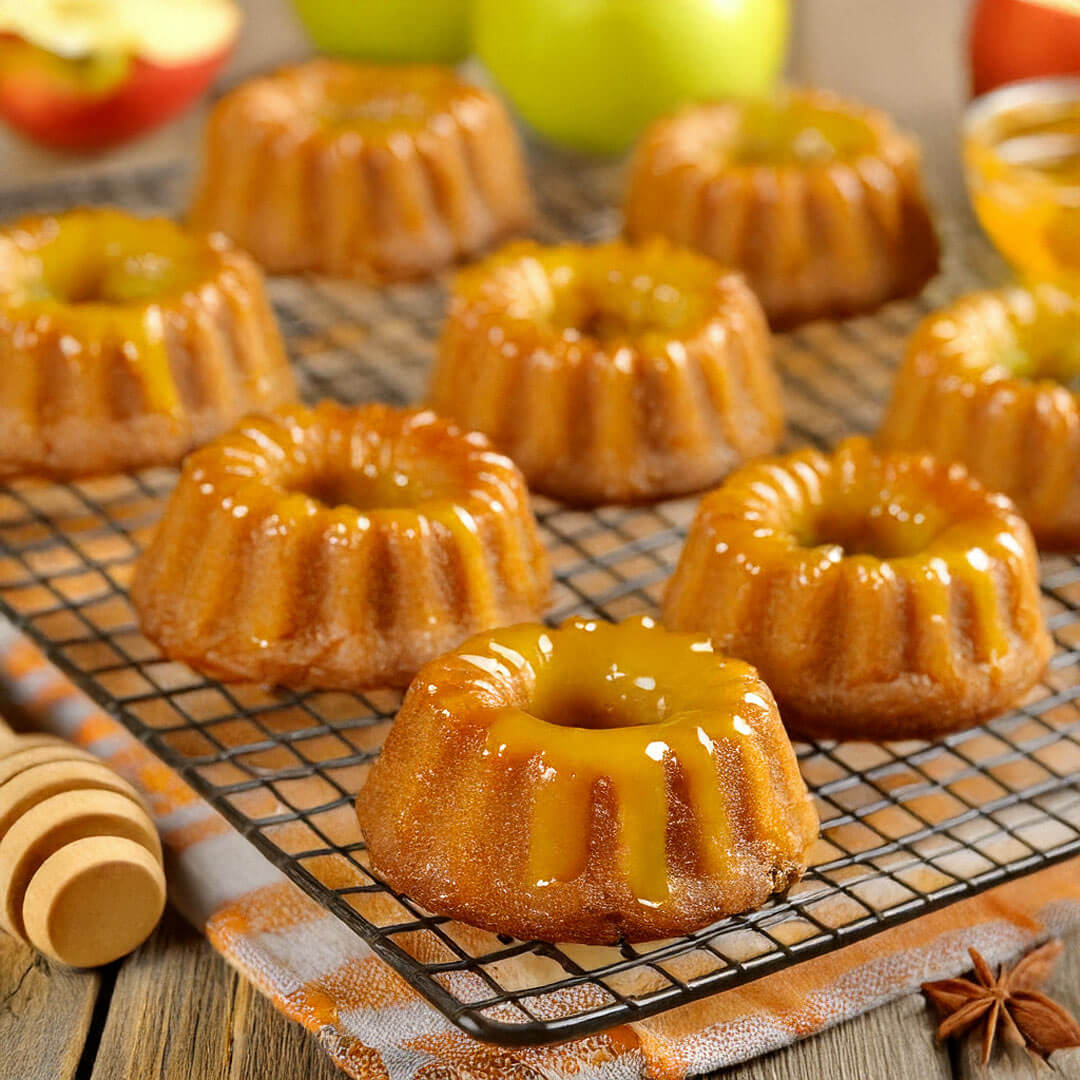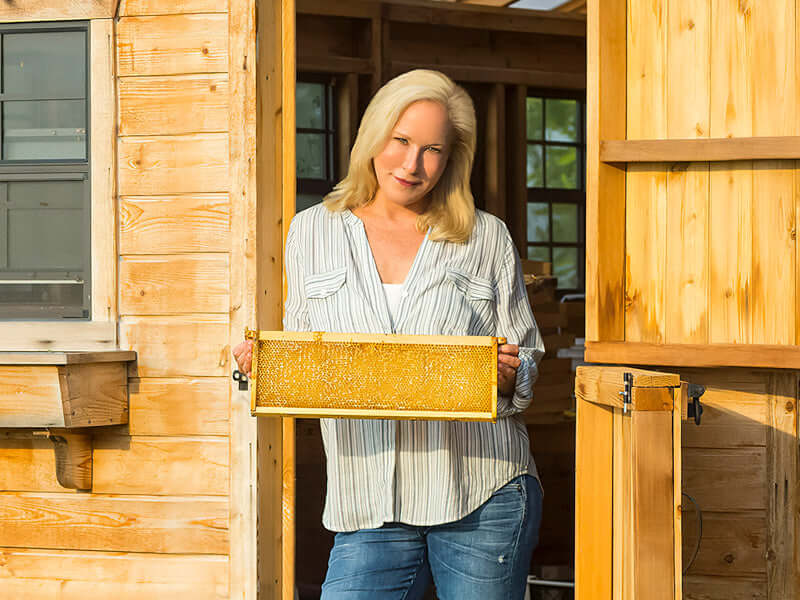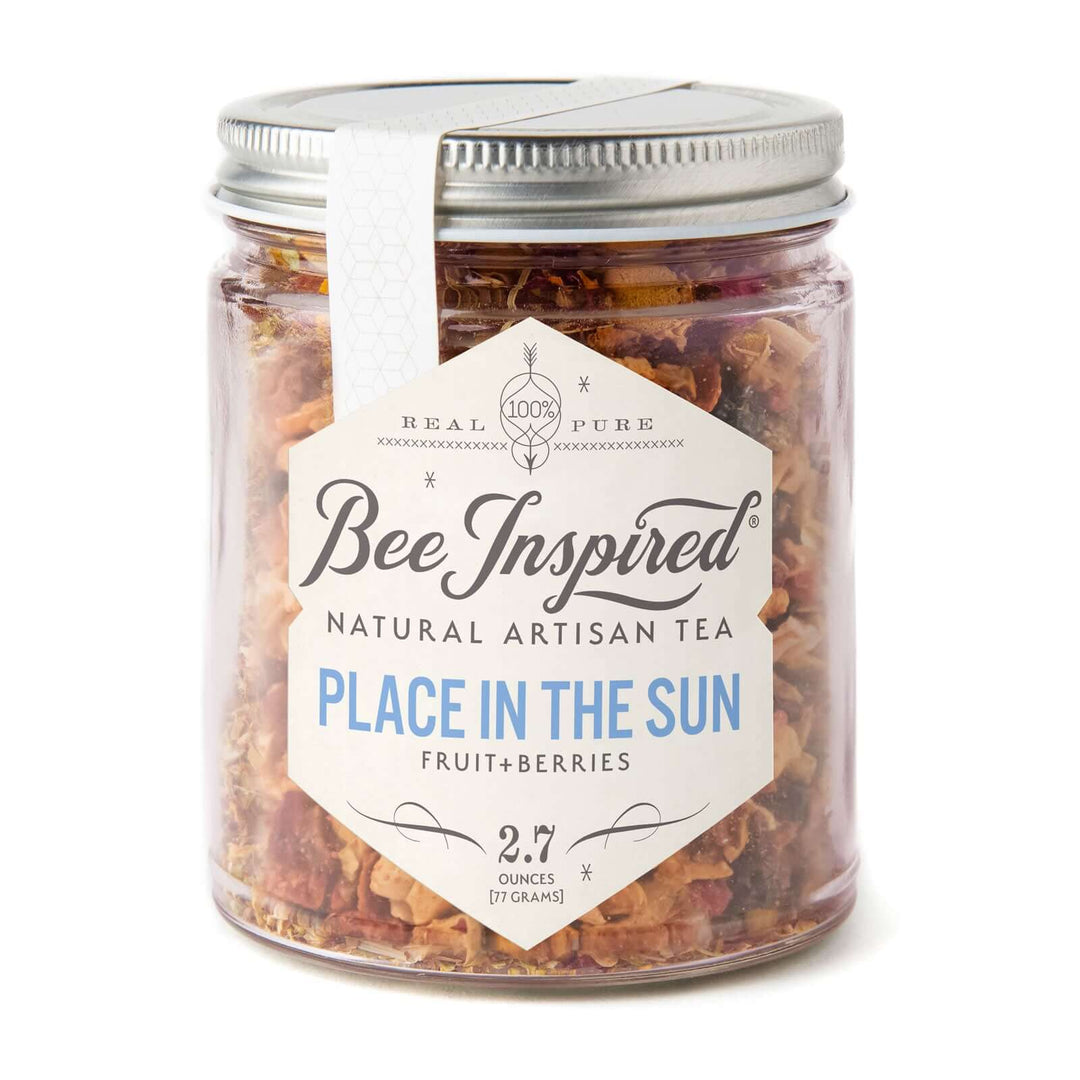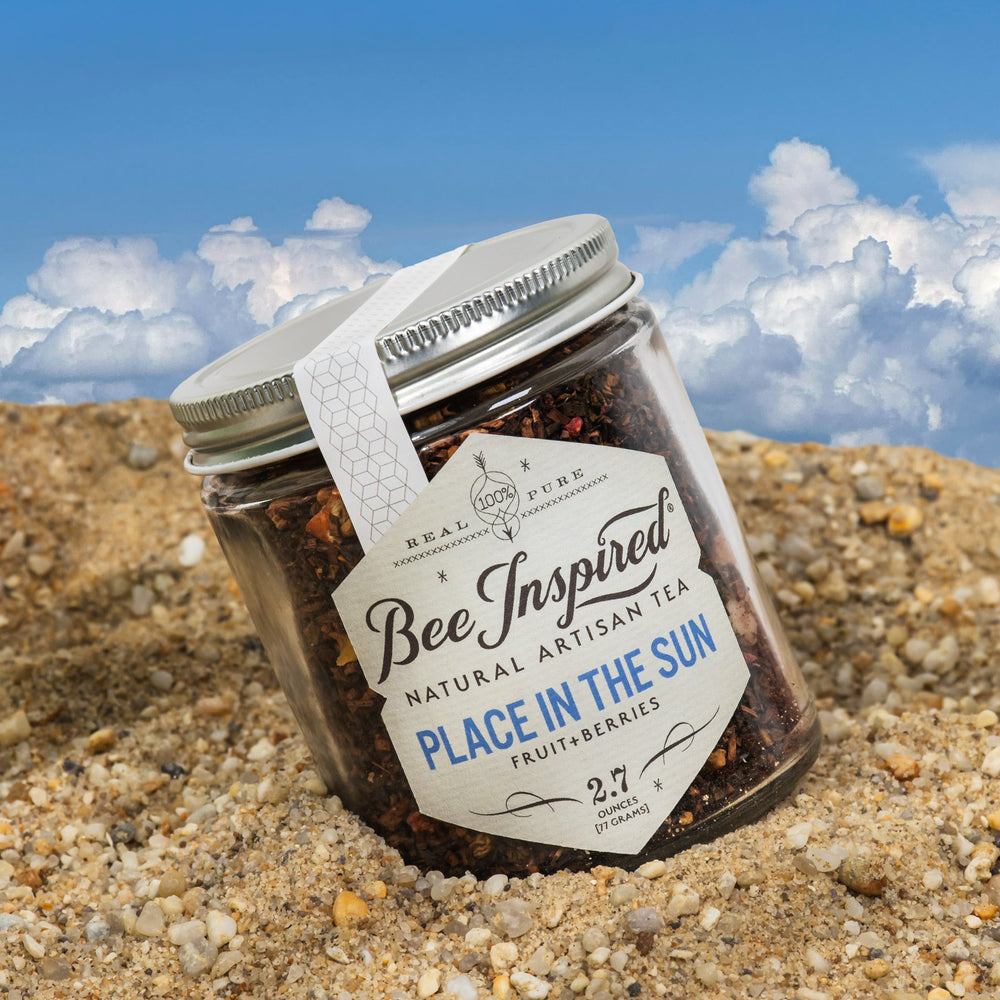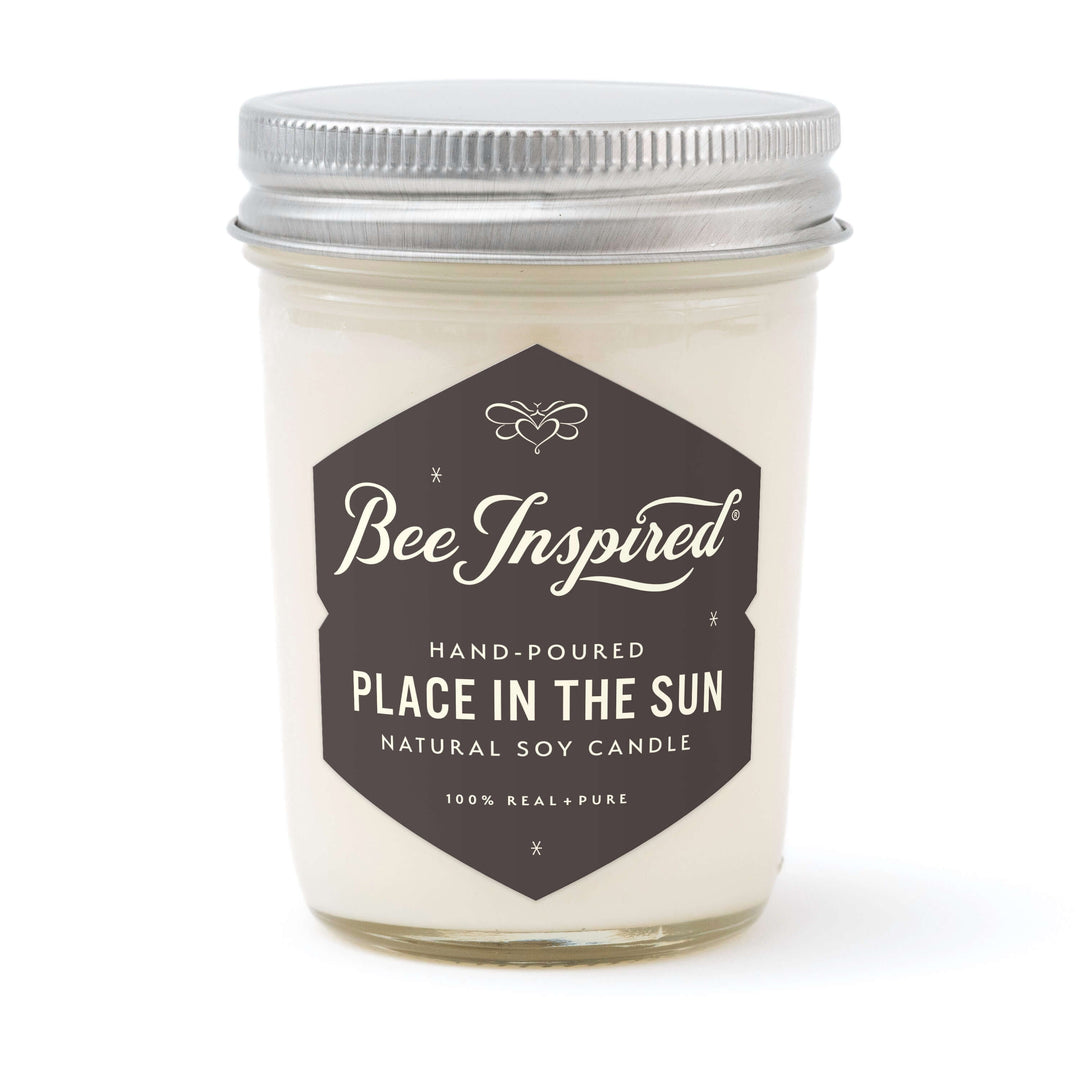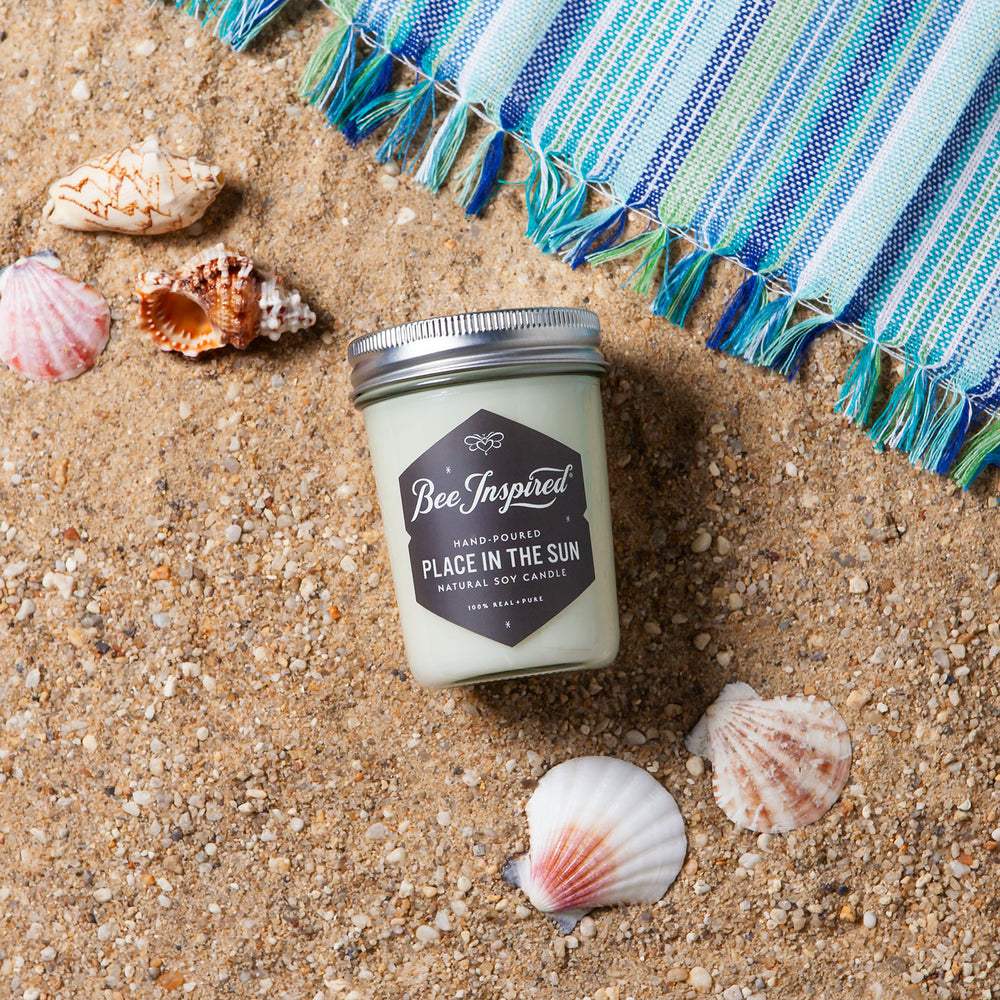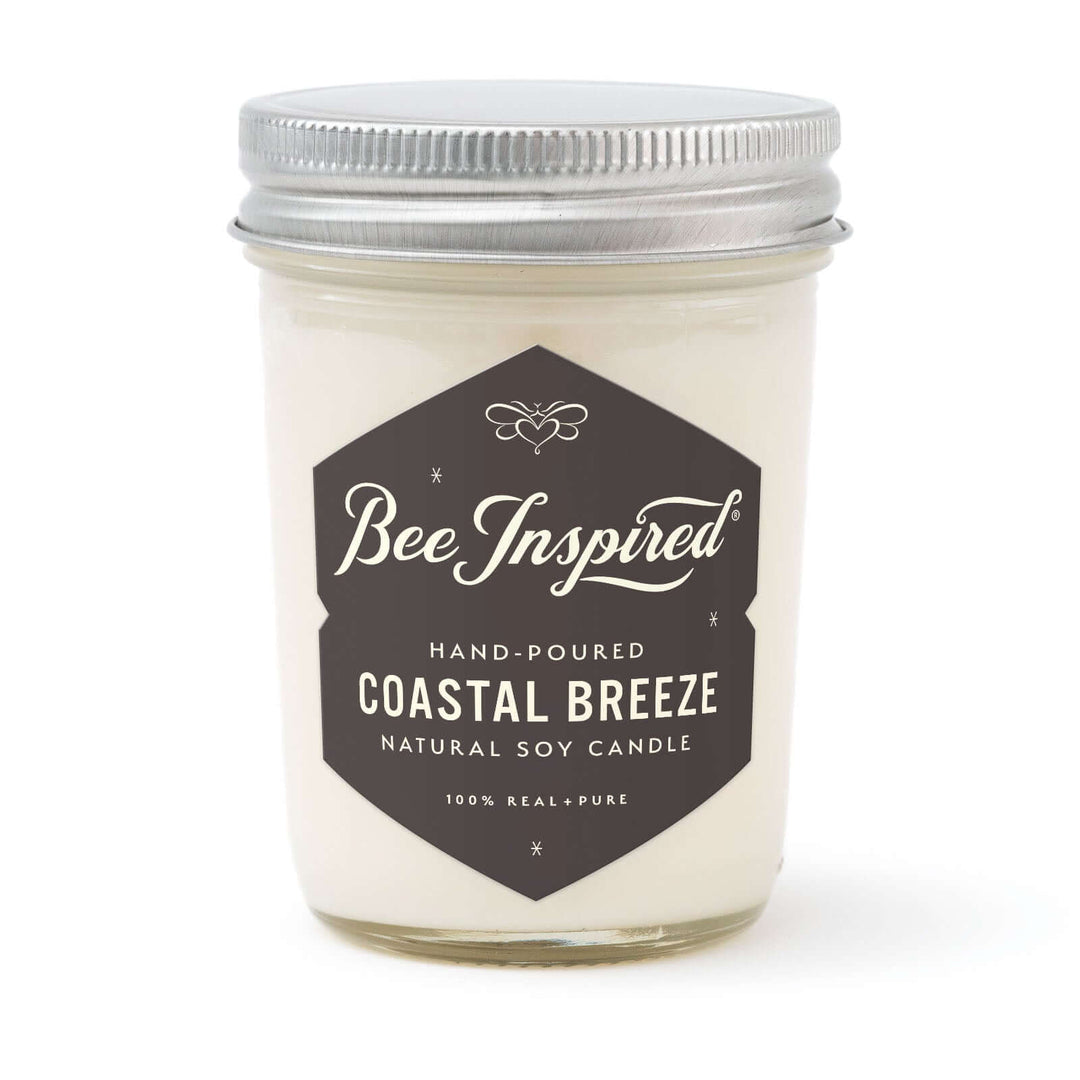Baking with honey opens up a world of rich flavors, incredible moisture, and healthier alternatives to refined sugar. This comprehensive guide will teach you everything you need to know about successfully substituting honey for sugar, choosing the right honey varieties, and mastering essential techniques that ensure perfect results every time.
Try baking this Honey Rum Cake
Why Choose Honey for Baking? The Sweet Science Behind Natural Sweetness
When you bake with honey instead of granulated sugar, you're not just making a simple swap—you're elevating your entire baking game. Honey is a natural humectant, meaning it attracts and retains moisture from the air, keeping your baked goods soft, tender, and fresh for days longer than sugar-based treats.
Unlike refined sugar, honey is a nutritional powerhouse packed with antioxidants, enzymes, vitamins, and minerals that contribute to overall wellness. For detailed information about honey's health benefits, explore our comprehensive guide on honey as natural medicine. Each variety of honey brings its own unique flavor profile, from the delicate floral notes of wildflower honey to the robust, molasses-like richness of buckwheat honey.
The Health Benefits of Baking with Honey
- Lower glycemic index than refined sugar, providing steadier energy without dramatic blood sugar spikes
- Rich in antioxidants that help protect your body from cell damage
- Natural antimicrobial and anti-inflammatory properties
- Enhanced nutritional value with B vitamins, vitamin C, and essential minerals
- Requires less quantity due to honey's superior sweetness compared to sugar
- Naturally gluten-free - learn about gluten-free baking with honey and why it's perfect for special diets

Essential Rules for Substituting Honey for Sugar in Baking
Successfully baking with honey requires understanding how this liquid sweetener behaves differently than granulated sugar. Follow these proven guidelines for consistent results:
The Golden Conversion Ratio
Use ¾ cup honey for every 1 cup of sugar called for in your recipe. This accounts for honey's increased sweetness while maintaining the perfect balance of flavors.
Adjust Your Liquids
Since honey contains approximately 20% water, reduce other liquids by ¼ cup for every cup of honey used. This prevents your batter from becoming too thin and ensures proper texture.
Balance the Acidity
Honey is naturally acidic, which can affect how your baked goods rise. Add ¼ teaspoon baking soda for every cup of honey to neutralize the acidity and promote proper leavening.
Temperature and Timing Adjustments
Honey caramelizes faster than sugar, so reduce your oven temperature by 25°F to prevent over-browning. Monitor your baking time closely, as honey-based treats may finish earlier than expected.

For detailed conversion ratios and tips, check out our complete honey substitution guide
Choosing the Perfect Honey for Your Baking Projects
Not all honey is created equal when it comes to baking. Understanding different honey varieties will help you select the perfect match for your recipes. Learning how to taste honey can help you identify the subtle flavor notes that will enhance your baked goods.
Light and Mild Honey Varieties
Perfect for delicate baked goods where you want subtle sweetness without overpowering other flavors:
- Tupelo Honey: Delicate fruity notes, ideal for cakes and muffins
- Blueberry Honey: Light sweetness perfect for scones and pastries
- Clover Honey: Mild flavor that complements most baking applications
Dark and Rich Honey Varieties
Best for recipes where you want the honey flavor to shine as the hero ingredient:
- Buckwheat Honey: Molasses-like depth, excellent for gingerbread and chocolate desserts
- Bamboo Honey: Complex flavor profile, perfect for robust breads and coffee cakes
- Coffee Blossom Honey: Subtle coffee notes, ideal for chocolate and espresso-flavored treats

Professional Tips for Perfect Honey Baking Results
Measuring Honey Like a Pro
Lightly grease your measuring tools with oil or cooking spray before measuring honey. This simple trick ensures every drop slides out easily, giving you accurate measurements and easier cleanup. For convenience and precise portions, consider using honey sticks which provide pre-measured amounts perfect for individual recipes.
Achieving the Right Texture
Avoid over-mixing your batter when using honey. The natural moisture content means your batter needs gentler handling to maintain the perfect texture. Mix just until ingredients are combined.
Choose room temperature ingredients whenever possible. This helps honey incorporate more evenly throughout your batter, creating consistent texture and flavor distribution.
Storage and Freshness
Honey-based baked goods stay fresh longer due to honey's natural preservative properties. Store your treats in airtight containers at room temperature for up to 5 days, or refrigerate for extended freshness.

Troubleshooting Common Honey Baking Challenges
My Baked Goods Are Too Dense
- Reduce honey quantity slightly (use ⅔ cup instead of ¾ cup per cup of sugar)
- Ensure you're adding adequate baking soda to counteract acidity
- Check that your baking powder is fresh and active
Over-Browning Issues
- Lower oven temperature by an additional 10-15°F
- Cover with foil if browning too quickly during baking
- Position racks in the center of your oven for even heat distribution
Sticky or Gummy Texture
- Reduce other liquids in your recipe by an additional 2-3 tablespoons
- Allow baked goods to cool completely before removing from pans
- Dust surfaces lightly with flour when working with sticky doughs
Converting Your Favorite Recipes to Use Honey
Transforming traditional recipes to use honey is easier than you might think. For detailed conversion ratios and substitution guidelines, check out our complete honey for sugar substitution guide. Here's your step-by-step conversion process:
- Start with the honey ratio: Replace each cup of sugar with ¾ cup honey
- Adjust liquids: Reduce milk, water, or other liquids by ¼ cup per cup of honey
- Add leavening: Include ¼ teaspoon baking soda per cup of honey used
- Modify temperature: Decrease oven heat by 25°F
- Monitor closely: Check for doneness 5-10 minutes earlier than original recipe suggests

Must-Try Honey Baking Recipes
Classic Honey Wheat Bread
Perfect for beginners, this recipe showcases honey's ability to create tender, flavorful bread with beautiful golden color.
Honey Oatmeal Chocolate Chip Cookies
These chewy, satisfying cookies demonstrate how honey creates superior texture and extended freshness.
Lavender Honey Cake with Cashew Cream
An elegant dessert that highlights honey's compatibility with floral flavors and healthy ingredients.
Apple Spice Honey Muffins
Moist, spiced muffins that prove honey's perfect partnership with warm autumn flavors.
Advanced Honey Baking Techniques
Creating Honey Glazes and Syrups
Enhance your finished baked goods with honey-based glazes. Combine equal parts honey and butter, warming gently until smooth. Brush over warm cakes and breads for added moisture and shine.
For honey syrups, simmer honey with water and a touch of lemon juice until slightly thickened. Drizzle over pound cakes or use to soak cake layers for extra flavor and moisture.
Incorporating Honey into Frostings
Replace powdered sugar partially with honey in buttercream frostings. Start with 2-3 tablespoons honey per cup of powdered sugar, adjusting consistency with additional cream or more sugar as needed.

The Science Behind Honey's Baking Magic
Understanding why honey works so well in baking helps you become a more intuitive baker. Honey's complex sugar composition (primarily fructose and glucose) creates the Maillard reaction more readily than simple sugars, resulting in beautiful golden-brown colors and enhanced flavors.
The hygroscopic properties of honey mean your baked goods will stay moist longer, making them perfect for meal prep or gifting. This natural moisture retention also means honey-based treats often taste better on the second day.
Honey Baking FAQs
Can I use crystallized honey for baking? Yes! Gently warm crystallized honey in a water bath until it returns to liquid form, then use as normal.
Does the type of honey really matter in baking? While flavor differences are subtle in baked goods, choosing quality honey ensures the best taste and texture results.
Can I replace all sugar with honey in any recipe? Most recipes work well with honey substitution, but delicate items like meringues or certain cookies may require modified techniques.
How long do honey-baked goods stay fresh? Thanks to honey's natural preservative properties, most honey-baked items stay fresh 2-3 days longer than sugar-based equivalents.

Embrace the Natural Sweetness Revolution
Baking with honey isn't just about substituting one sweetener for another—it's about embracing a more flavorful, nutritious, and satisfying approach to creating incredible baked goods. Whether you're crafting everyday treats or special occasion desserts, honey brings depth, moisture, and natural goodness that transforms ordinary recipes into extraordinary experiences.
Start with simple conversions using familiar recipes, then experiment with different honey varieties to discover your favorites. With these proven techniques and guidelines, you'll soon be creating honey-based masterpieces that taste better, last longer, and nourish your body with every delicious bite.
Remember to thank the bees who make this incredible ingredient possible—without their tireless work, none of these sweet creations would exist!
Related Resources and Honey Baking Recipes
Premium Honey for Baking
For the best baking results, choose high-quality, pure honey from trusted sources. Browse our collection of artisanal honey varieties specifically selected for their exceptional flavor profiles and baking properties.
Featured Honey Baking Recipes
- Lavender Honey Lemon Cake - Elegant floral dessert with cashew cream frosting
- Honey Apple Cake - Made entirely with honey, no refined sugar
- Honey Coffee Cake - Perfect for brunch or afternoon tea
- Paleo Pumpkin Muffins - Healthy, grain-free option sweetened with honey
- Gluten-Free Pumpkin Roll with Honey - Showcases honey's natural sweetening power
More Honey Resources
Explore our complete collection of honey recipes for more inspiration, from breakfast treats to elegant desserts.





